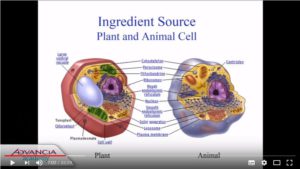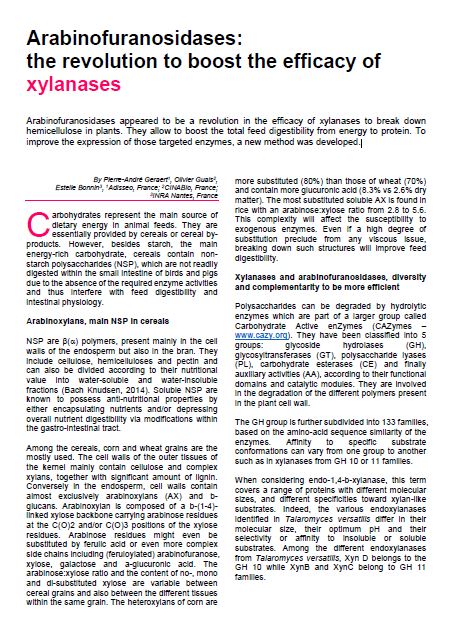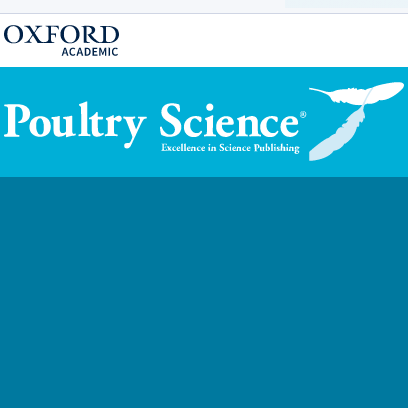The indigestible fraction of feed corresponds to the compounds that are either totally undigested or incompletely digested by animals. It represents up to 20% of the feed given to birds (Ravindran, 2013).
The indigestible fraction of feed is composed of subrates:
- that animals cannot digest because they do not produce the suitable enzymes (e.g., cellulose)
- for which enzymes are not produced by the animal and, in addition, have antinutritional properties (e.g., β-glucans, pentosans, phytate)
- for which enzymes are produced by animals, but which are not accessible to enzymes for digestion either because they are encapsulated or bound to other compounds
The amount and structure of the undigested compounds vary from a feed to another.
Not only the chemical or physical properties of feed ingredients are responsible for undigestion, but also the gut integrity, the passage rate and the microbiota composition.
To learn more about the indigestible fraction, watch the video of Sergio Vieira’s presentation at Advancia Academy, Spain, 2017:


